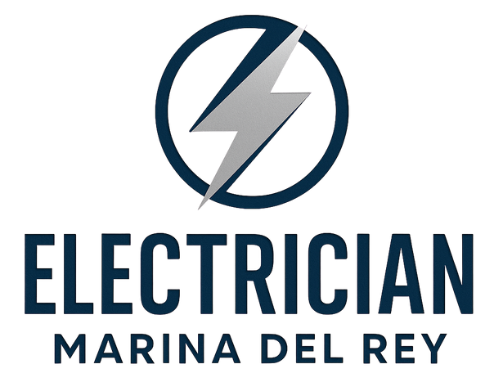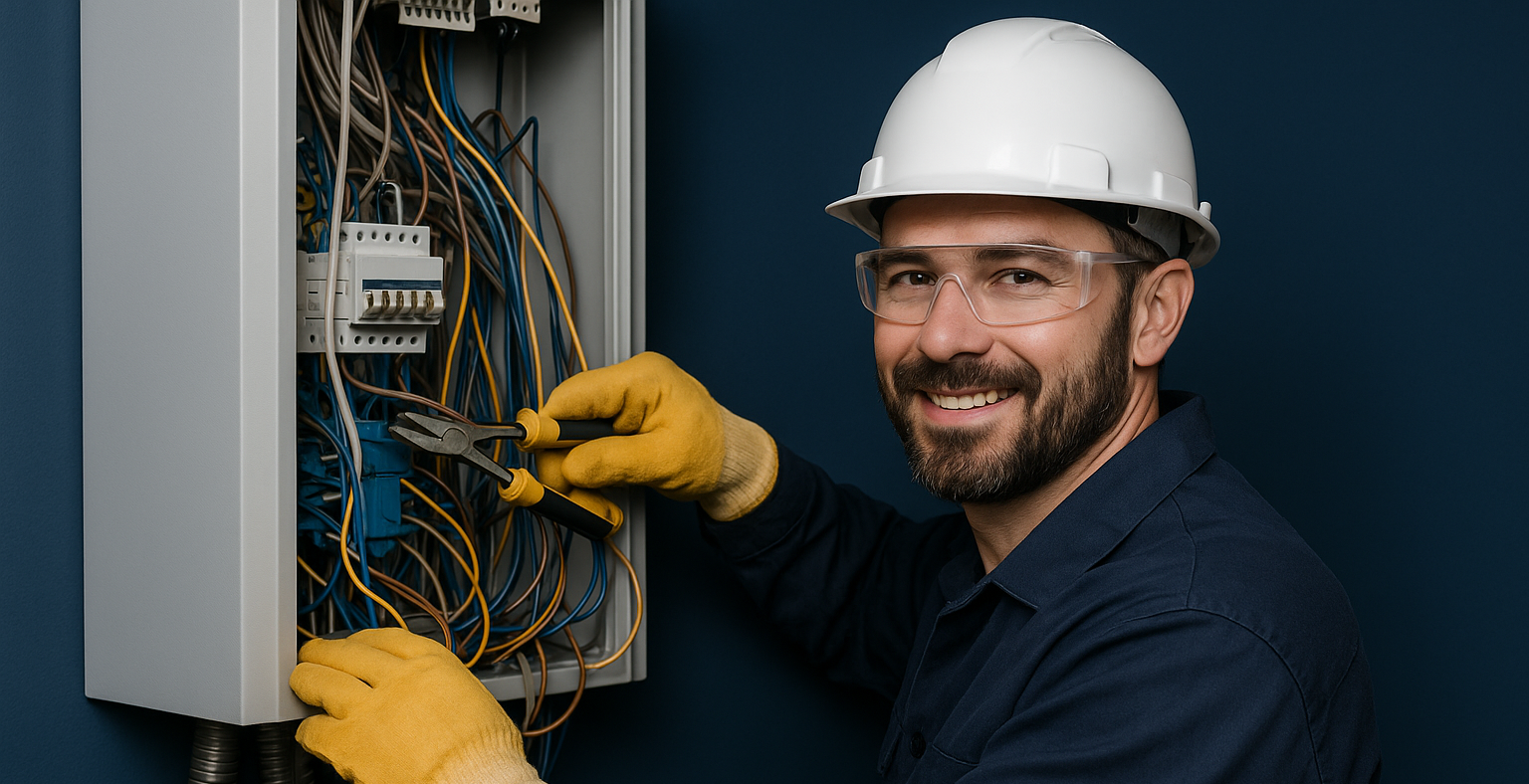Keeping your home’s electrical system safe requires more than just flipping a breaker back on when it trips. Electrical overloads can quietly damage wiring, overheat outlets, and even start fires if left unchecked. The key to prevention lies in understanding how your system works and using electricity wisely. With a little planning and awareness, you can protect your home and your family from overload-related dangers.
What Exactly Is an Electrical Overload?
An electrical overload occurs when too many devices pull power from the same circuit at once. Each circuit has a maximum capacity usually 15 or 20 amps and if the total demand goes beyond that limit, the breaker automatically trips to prevent overheating. Common culprits include running a space heater, a hair dryer, and a vacuum cleaner on the same line, or plugging multiple appliances into one outlet using an extension cord.
Recognizing the Signs of an Overload
Lights flicker or dim when an appliance turns on
Breakers frequently trip or fuses blow
Outlets or plugs feel warm to the touch
There’s a burning smell near switches or sockets
Buzzing or sizzling noises from outlets or panels
These symptoms indicate your electrical circuits are under stress and need immediate attention to prevent potential damage.
Understand Your Home’s Circuit Layout
Every breaker panel divides your home into multiple circuits. Knowing which rooms or outlets are connected to each breaker can help you avoid overloading them. Label your breaker panel carefully. If you’re unsure which breaker controls which outlets, test them one at a time and mark the results. This step helps you distribute power-hungry appliances across different circuits.
Balance Your Electrical Load
Proper load management prevents overuse of a single circuit. You can estimate the demand using a simple formula: Amps = Watts ÷ Volts. In most U.S. homes, outlets operate at 120 volts. For safety, aim to use only 80% of a circuit’s capacity – 12 amps for a 15-amp circuit, or 16 amps for a 20-amp circuit. Avoid using multiple high-wattage appliances (like toasters and hair dryers) on the same outlet.
Use Dedicated Circuits for Large Appliances
Heavy appliances such as refrigerators, washing machines, ovens, and air conditioners should have their own dedicated circuits. This ensures they don’t compete for power with smaller devices and helps prevent overheating. Common dedicated circuits include:
Kitchen appliances (microwave, refrigerator, dishwasher)
Heating and cooling systems
Laundry machines and dryers
Garage and workshop tools
Space Out High-Power Usage
It’s not just about what you use, but when you use it. Avoid running multiple high-wattage appliances simultaneously. For example, don’t iron clothes while using a portable heater in the same room, or run a vacuum while your air conditioner is on the same circuit. Staggering usage helps reduce the chance of tripping a breaker.
Be Smart With Power Strips
Power strips provide more outlets, not more power. Plugging several high-demand devices into one strip can quickly exceed the circuit’s capacity. Choose high-quality, UL-certified power strips with surge protection, and never connect one strip into another (a dangerous practice called “daisy chaining”). High-load devices such as heaters and AC units should always be plugged directly into the wall.
Modernize Your Electrical System
Older homes were not built for today’s technology-heavy lifestyles. Outdated wiring, two-prong outlets, and small breaker panels may struggle to meet modern demand. If you notice warm outlets, frequent trips, or flickering lights, consider upgrading your electrical panel or rewiring high-demand areas. A professional electrician can install new circuits, boost panel capacity, and ensure your system meets current safety codes.
Install AFCI and GFCI Breakers
Arc-Fault Circuit Interrupters (AFCIs) detect dangerous arcs that could start fires, while Ground-Fault Circuit Interrupters (GFCIs) prevent shock in damp locations like bathrooms and kitchens. Adding these breakers not only enhances safety but also reduces the risk of overload-related damage by interrupting power when faults occur.
Adopt Energy-Efficient Habits
Use LED bulbs—they draw less power and last longer.
Unplug unused chargers and small appliances to eliminate “phantom loads.”
Choose energy-efficient models for major appliances.
Use smart plugs or timers to control when devices draw current.
Reducing unnecessary power use keeps your circuits from reaching their limits and saves on utility costs.
Inspect Extension Cords and Outlets
Extension cords are meant for short-term use, not permanent power solutions. Always check that cords are heavy-duty, grounded, and free from cracks or damage. Avoid running them under carpets or doorways, and never overload them with multiple appliances. If a particular area always requires extra outlets, it’s safer to have an electrician install additional receptacles.
Schedule Routine Electrical Inspections
Regular professional inspections help catch small issues before they become major hazards. An electrician can test circuit capacity, check for loose connections, replace worn outlets, and recommend upgrades for energy efficiency and safety. It’s a wise idea to schedule an inspection every few years, or immediately if your home is over 20 years old.
Plan Ahead for New Devices
As households add new equipment such as EV chargers, hot tubs, or home office setups – it’s vital to plan your electrical capacity accordingly. A load assessment helps determine whether your panel can handle the extra demand. Adding a subpanel or new circuits can distribute power safely without overloading your existing system.
What to Do When a Breaker Trips
Turn off or unplug devices on the affected circuit.
Flip the breaker completely to the “OFF” position, then back to “ON.”
Plug in devices one by one to find the one causing the overload.
Move that appliance to another circuit or avoid simultaneous use.
If tripping continues, contact a licensed electrician to inspect for deeper issues.
When to Call a Professional
Never ignore repeated tripping, warm outlets, buzzing sounds, or burnt smells. These are serious signs your system is overworked or damaged. A professional electrician can perform a full load analysis, replace faulty components, and upgrade your wiring to meet safety standards.
Preventing electrical overloads is about understanding your system and using power responsibly. Spread your devices across circuits, avoid high-demand stacking, and keep your electrical infrastructure up to date. With regular maintenance and mindful habits, you’ll keep your home’s power flowing smoothly and your family safe from the risks of overloads.

